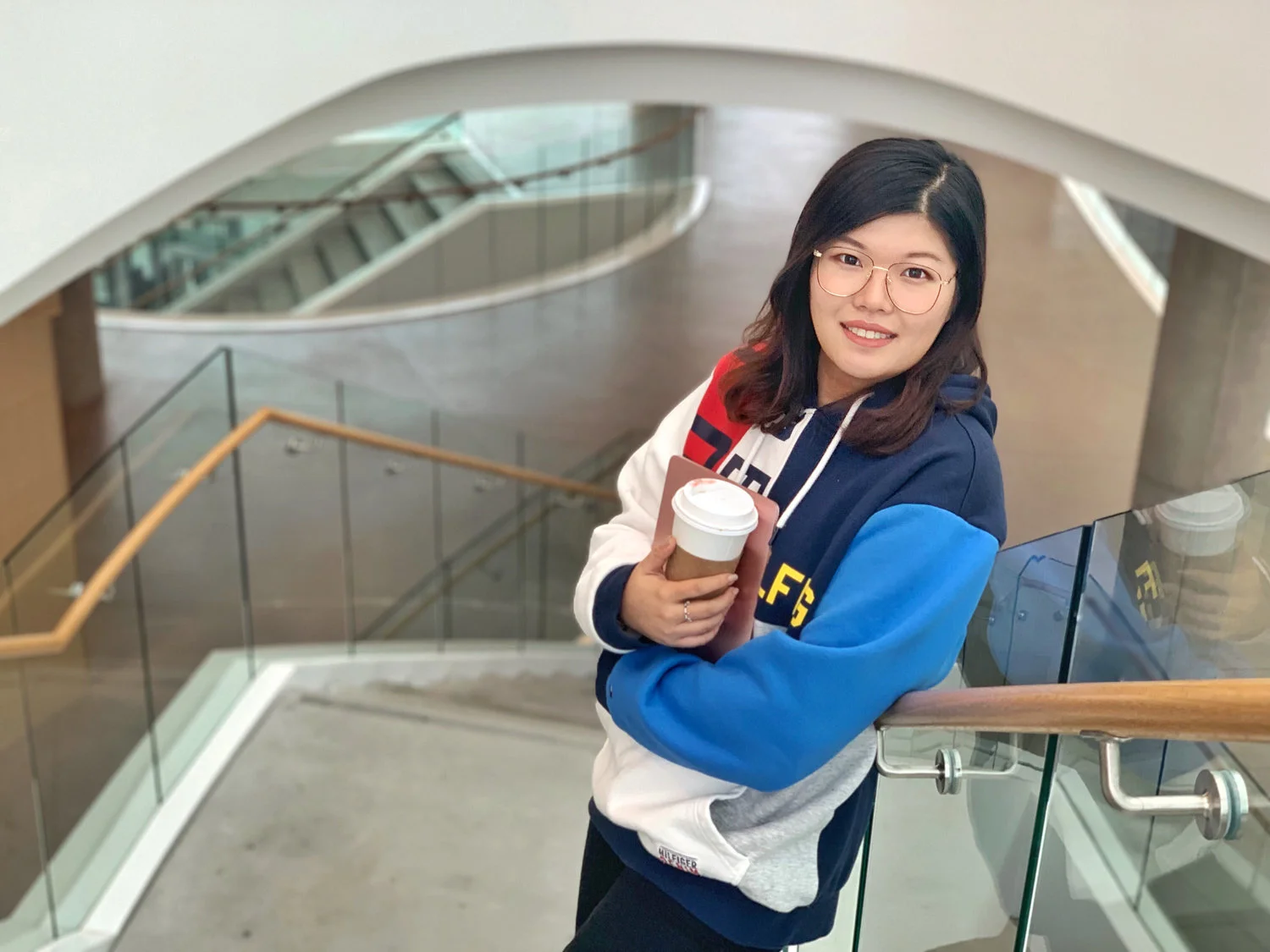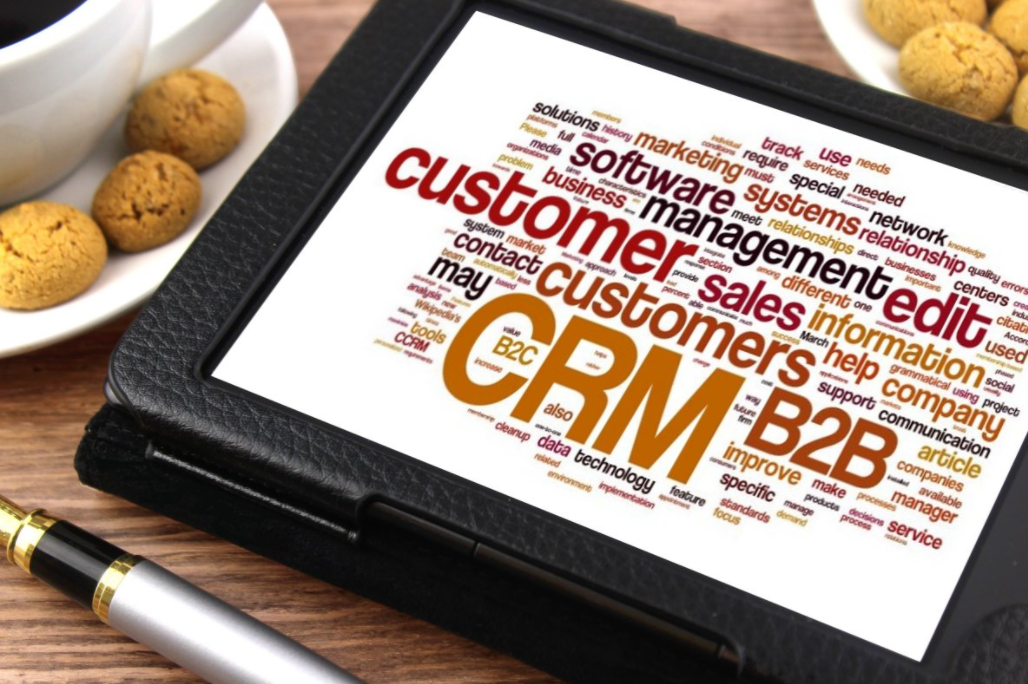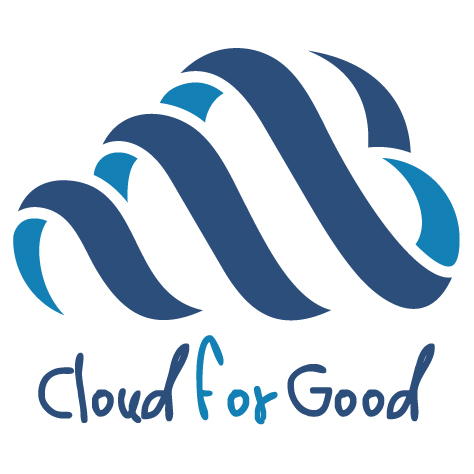The idea of collecting data is not new within the nonprofit world. Today, community-facing nonprofits are realizing how critical data collection is in achieving and reporting on their missions. According to the most recent edition of Salesforce’s Nonprofit Trends Report, organizations that ranked higher for digital maturity, or their ability to leverage data to inform decision-making, had a greater likelihood of exceeding goals during (and after) the COVID-19 pandemic. As more user-friendly technology are applied in CRM systems, the obstacles of domain knowledge are diminishing. This results in a positive implication of what these systems can do for nonprofits and how it can transform how these organizations are run. However, the lack of budget and training resources makes the obtention of these systems unlikely for many nonprofit organizations.
A Look at the Intersection of CRM Systems and Digital Giving in the Arts Fundraising Landscape
Customer relationship management (CRM) systems are integral to any arts organization. They allow for the organization to collect data on their patrons in order to create better relationships with them. However, the current pandemic has shown some areas for improvement, specifically in terms of current technology’s relevance. One such area is the intersection of CRM systems and digital giving. Up-to-date and easy-to-use technology can put an organization ahead, but it is going to take a dedicated strategy to ensure progress.
Integrating Social Media Data Into CRM Systems: Using Your CRM To Its Full Potential
This white paper explores the importance of integrating social media data into an organization’s CRM to improve Customer Knowledge Management (CKM). By increasing the information collected CRMs can be more effective, leading to greater efficiency and productivity. Learn how arts organizations can gather more data to better understand their customers by integrating social media into a CRM system.
Podcast: CRM and Social Media Integration
In the latest episode of the AMT-Lab Podcast series, Chief Technology Manager Ashley Anderson Kowach interviews AMT-Lab contributor Megan Ma about her research on how a nonprofit organization can integrate social media data with an existing CRM system to better understand their constituents interests which could lead to better engagement between the organization and the audience.
It Isn't So Hard to Connect Social Media Data with Your CRM System
AMT Lab News Roundup: June
#TBT: Artificial Intelligence
Back to Basics: Good Data Hygiene
The Data Divide: Small NPOs have Different Needs
Leveraging CRM Data for Audience Segmentation
Let’s take a trip to the future...
The evolution of Artful.ly
Jami Rutherford - How technology plays a key role in Arts Management
Jami Rutherford is a project manager with Cloud for Good, a Salesforce Consulting Partner and Certified B Corporation that helps nonprofits advance their mission via the Salesforce platform. Jami recently sat down with AMT Lab contributor Katie Grennan to discuss how she has seen technology impact the arts industry and what she feels the future holds for the increasing intersection points between the two.
Tips for Choosing a Grants Management System: Part 2
Throughout the process of selecting and implementing a grants management system (GMS), an arts organization must consider many factors in order to ensure positive results. These factors fall into four main categories: vendor interviews, data migration, integration, and training. All of equal importance, these categories must be weighed to find the optimum balance of system features and vendor characteristics.
Today we focus on the last two categories—integration and training. To read the first part of this two-part series, click here.
Tips for Choosing a Grants Management System: Part 1
Throughout the process of selecting and implementing a grants management system (GMS), an arts organization must consider many factors in order to ensure positive results. These factors fall into four main categories: vendor interviews, data migration, integration, and training. All of equal importance, these categories must be weighed to find the optimum balance of system features and vendor characteristics.
Today we focus on the first two categories—vendor interviews and data migration.
The Importance of Change Management
When implementing new technology, such as a new CRM system, many organizations have learned the basics of how to select a product or vendor. But what about after the technology is selected? It can be overwhelming to consider the unpredictable changes that will occur among the flow or your organization’s work and even among its culture. However, by taking steps to manage the change, new technology can be integrated into an organization much more smoothly.
Grants Management Systems: Primer for Best Practices, Part 4
State arts agencies need to report not only to NASAA and the NEA, but also to other entities, such as state legislatures and the general public. These reports communicate impact to all stakeholders within the agency and across its jurisdiction. A GMS’s querying and reporting capabilities impact how this information is accessed and, ultimately, understood.
Grants Management Systems: Primer for Best Practices, Part 1
In 2012, the nation’s 62 state and regional arts agencies distributed approximately $215 million in grant monies. Compare those figures to the nearly 82,000 grant-making foundations in the United States, which collectively distribute over $49 billion annually.
Assisting these arts agencies, foundations, and other money distributing bodies are grants management systems—automated systems that track a grant through its entire lifecycle, as well as store data for relationship management between the grantor and an applicant. Recognizing the complexity of grants management systems (GMS) and the relative lack of resources in the arts sector, best practices must be followed to achieve the maximum value of each dollar spent on a GMS.
Database Decisions for the Nano-Nonprofit: Part 1
Arts organizations of all sizes grapple with the question of how best to house information on the array of individuals with whom they interact. From ticket buyers to donors, members to volunteers, every arts organization builds a variety of relationships with a variety of constituents. Complicating matters, of course, is that many times these groups overlap. For the organization that wants to understand all the dimensions of its patron relationships, obtaining complete and nuanced profiles is often a challenge, time-consuming at best and impossible at worst. Recent years have seen a burgeoning of Constituent Relationship Management systems (CRMs), about which a wealth of literature is available.





















